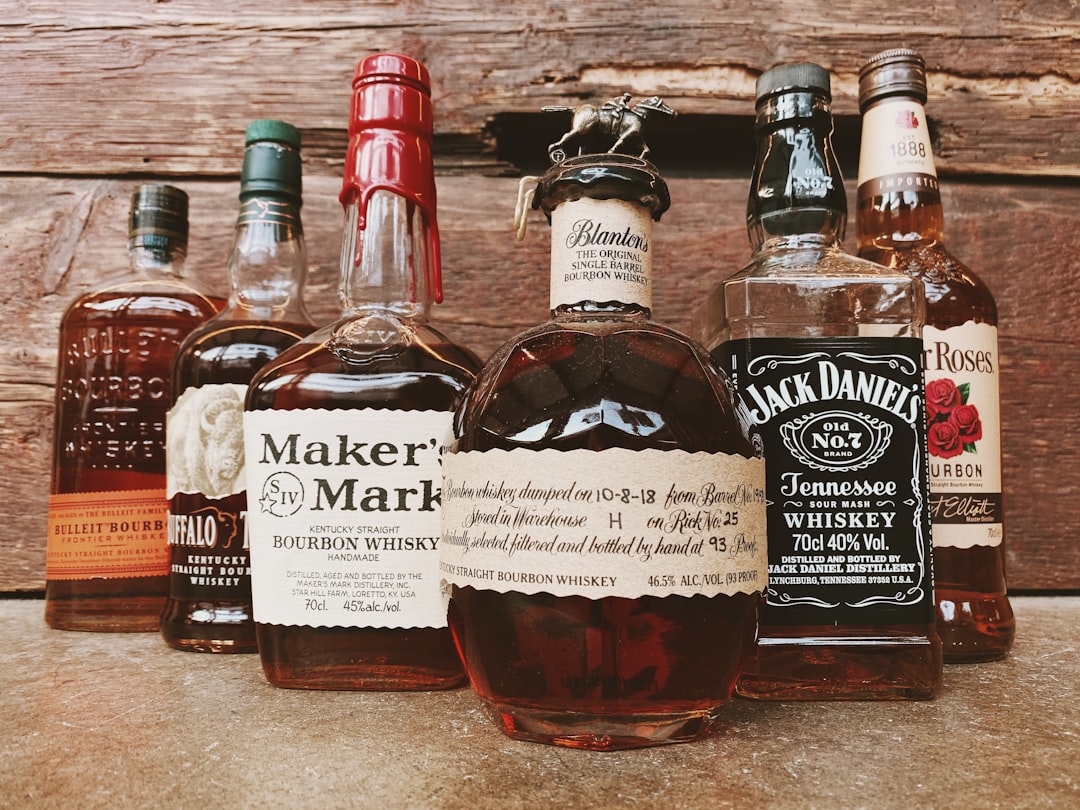Unveiling the Mysteries of Bourbon and Whiskey: A Guide to Flavors, Cocktails, and Substitutes

When it comes to the world of spirits, few debates are as passionate as the one between bourbon and whiskey. Many people find themselves wondering what exactly sets these two apart. In this article, we'll delve into the differences between bourbon and whiskey in terms of flavor, color, and aroma. We'll also explore some of the best whiskey cocktails you can make and provide ideas for the best whiskey substitutes.
Let's start by answering the fundamental question: what is bourbon? Bourbon is a type of American whiskey that must meet specific criteria to be labeled as such. It is primarily made from corn, with at least 51% of its grain bill consisting of corn. The remaining grains can include barley, rye, or wheat. Bourbon is typically aged in new, charred oak barrels, which gives it its distinct flavor and color. The aging process also allows the bourbon to develop complex flavors and aromas over time.
On the other hand, whiskey is a broader term that encompasses various types of distilled spirits made from fermented grain mash. Whiskey can be made from different grains, such as barley, corn, rye, or wheat, and it can be produced in different countries around the world. Each country has its own regulations and traditions when it comes to making whiskey, which results in a wide range of flavors and styles.
One of the key differences between bourbon and whiskey lies in their flavor profiles. Bourbon tends to have a sweeter and smoother taste, with notes of caramel, vanilla, and oak. The high corn content in bourbon contributes to its sweetness, while the aging in charred oak barrels adds depth and complexity. Whiskey, on the other hand, can have a more diverse flavor profile depending on the grains used and the production methods. It can range from smoky and peaty to spicy and fruity.
Color is another distinguishing factor between bourbon and whiskey. Bourbon is typically amber or golden in color, thanks to the aging process in charred oak barrels. The charred wood imparts a rich color to the bourbon, as well as some of its flavor. Whiskey can vary in color from pale yellow to dark brown, depending on the type of grains used and the length of aging. Some whiskeys may also be artificially colored to achieve a certain appearance.
Aroma is also an important aspect to consider when comparing bourbon and whiskey. Bourbon often has a sweet and inviting aroma, with hints of caramel, vanilla, and oak. The aroma can be quite complex, with different layers of scents that unfold as you smell the bourbon. Whiskey, on the other hand, can have a more diverse aroma profile. It can range from smoky and earthy to floral and fruity, depending on the type of grains used and the production methods.
Now that we've explored the differences between bourbon and whiskey, let's move on to some of the best whiskey cocktails you can make. One classic whiskey cocktail is the Old-Fashioned. It is made with whiskey, sugar, bitters, and a twist of citrus. The Old-Fashioned is a simple yet elegant cocktail that showcases the flavor of the whiskey. Another popular whiskey cocktail is the Manhattan. It is made with whiskey, sweet vermouth, and bitters. The Manhattan has a rich and complex flavor, with a hint of sweetness from the vermouth.
If you're looking for a refreshing whiskey cocktail, you might want to try the Whiskey Sour. It is made with whiskey, lemon juice, sugar, and an egg white. The Whiskey Sour has a tart and sweet flavor, with a frothy texture from the egg white. Another great option is the Mint Julep. It is made with whiskey, mint, sugar, and crushed ice. The Mint Julep is a refreshing and cooling cocktail that is perfect for hot summer days.
Finally, let's talk about some of the best whiskey substitutes. If you don't have whiskey on hand or if you're looking for a non-alcoholic alternative, there are several options available. One option is to use apple cider or apple juice. Apple cider has a similar sweetness and flavor profile to whiskey, and it can be used in cocktails or cooking. Another option is to use grape juice or wine. Grape juice has a fruity and sweet flavor that can complement many recipes. You can also use non-alcoholic spirits or liqueurs that are designed to mimic the flavor of whiskey.
In conclusion, bourbon and whiskey are both delicious and versatile spirits that have their own unique characteristics. Understanding the differences between bourbon and whiskey can help you make informed choices when it comes to choosing a spirit for a particular occasion or recipe. Whether you prefer the sweet and smooth taste of bourbon or the more diverse flavor profile of whiskey, there is a spirit out there for everyone. And if you're looking for some inspiration, there are plenty of great whiskey cocktails and substitutes to try. So go ahead and explore the world of bourbon and whiskey, and discover your new favorite drink!